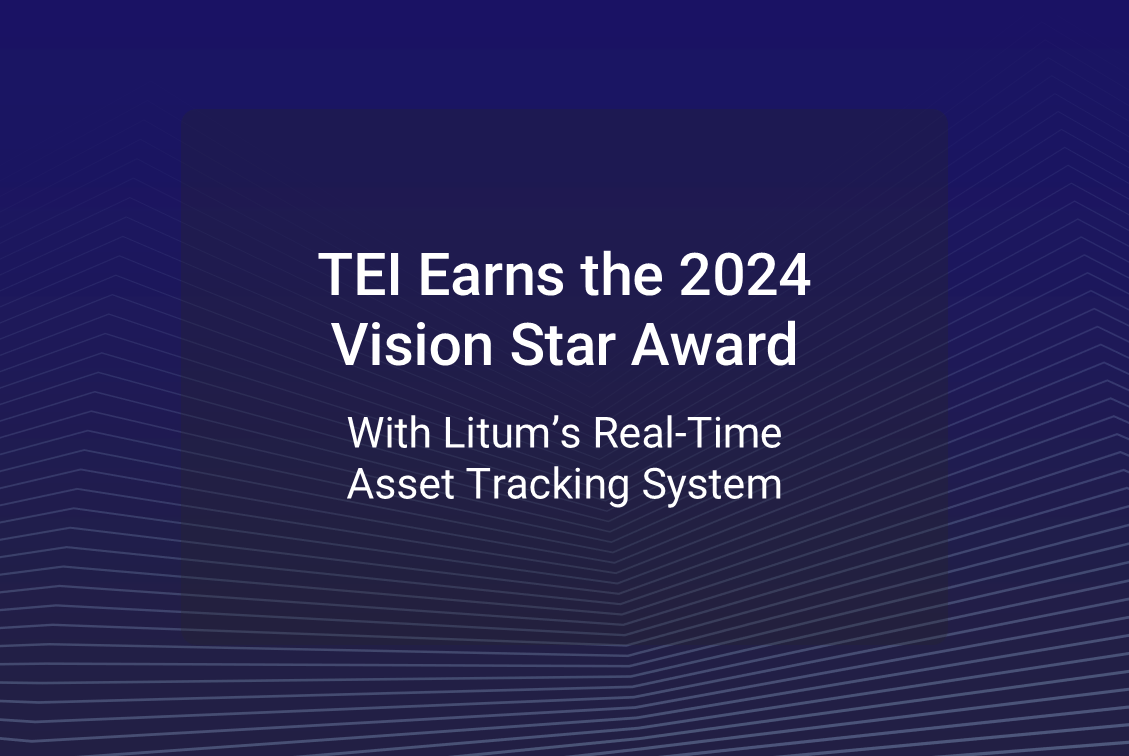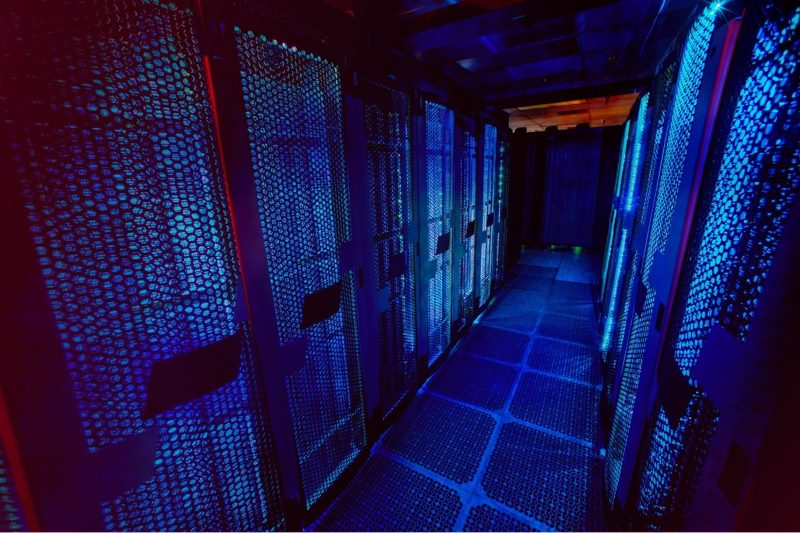RTLS That Keeps Teams Safe and Operations Sharp
Backed by 20 years of experience, Litum delivers Real-Time Location Systems (RTLS) that help industries and hospitals cut risks, recover time, and make smarter moves, every day.
It’s not just tracking. It’s transformation you can measure.


Real-Time Location That Delivers Safety, Savings, and Simpler Operations
- Keep people and assets safe: Track staff and equipment in real time to prevent accidents and spot issues early.
- Avoid disruptions and delays: Get instant alerts when something goes wrong, like a missing asset or entry into a restricted area.
- Use your team and tools better: Always know where critical staff or equipment are, so nothing is wasted or stuck in the wrong place.
- Cut downtime and save money: Fix problems before they happen with real-time monitoring and automated reports.
- Make smarter, faster decisions: Get clear, location-based data to run safer, more efficient operations.
Connect. Track. Optimize.
Data-Driven Visibility That Improves Performance and Delivers Fast ROI
- See what’s happening, in real time: Live dashboards show where people and assets are, so you’re always in control.
- Fix problems faster: Get instant alerts when something’s missing, stuck, or out of place.
- Respond quicker: Know where help is needed so you can act fast and keep things running.
- Make audits easy: Automatically track what’s happening and generate reports, no manual work needed.
- Tailor it to your operations: Choose the rules, integrations, and features that work best for your business.
- Get started fast and expand on your terms: Designed to work with your current systems and grow with your needs.
20+ Years in Business with Proven Success
Global footprint since 2004, trusted by organizations of all sizes: from fast-growing businesses to Fortune 500 leaders.
Deployments Across 55+ Countries
From large-scale hospitals to complex manufacturing sites, global footprint spans over 55 countries
Modular and Scalable Architecture
Designed for growth, architecture supports phased rollouts and addition of multiple RTLS solutions on one unified system.
Hybrid Technolology with UWB and BLE
Sub-meter accuracy with finest UWB technology as well as BLE for diverse precision and battery life requirements
Turnkey Provider with In-House R&D
A unified RTLS platform combining hardware, software, and analytics with seamless third-party integration
Start with a Quick Consultation
Solutions That Win
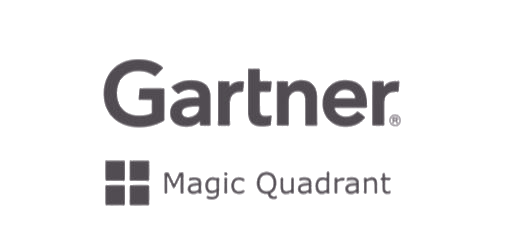
Solutions That Work
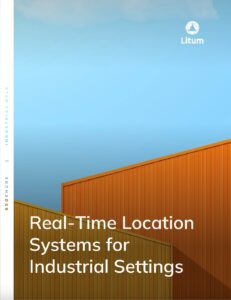

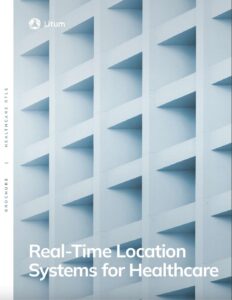
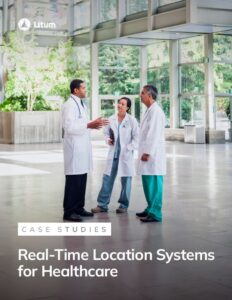
Solutions That Speak
“Litum is the most accurate and future-proof RTLS manufacturer on the market. It is a true game changer, not only from a technology standpoint, but from an overall business experience.”
Litum Partner in Canada
“I am really impressed with the high-tech and complete solution Litum developed, including hardware, firmware, software, signal processing, and the API interface for end-to-end integration.”
Litum Partner in Europe
“Litum offers exceptional tracking precision, seamless integration into our existing infrastructure, and interoperability with other systems. The system’s introduction has noticeably enhanced staff security.”
Litum Partner in Australia
“We recently integrated Litum’s forklift safety solution and we have seen immediate, significant improvement in workplace safety. The technology’s accuracy in location tracking is great.“
Litum Partner in South Korea
Industrial RTLS Solutions
Healthcare RTLS Solutions
News
See all news
Blogs
See all posts



